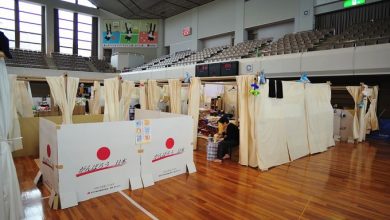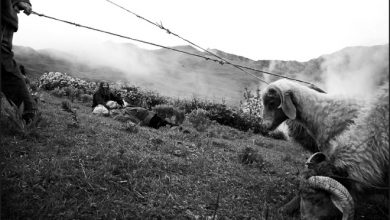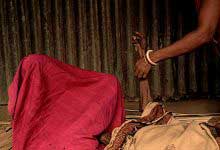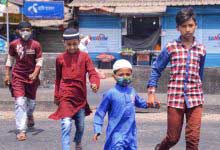
Electricity and an ambulance. Drodro’s hospital, framed into the forest that covers the hills in Oriental Congo, has both these commodities, a rarity in this part of the world. This could be the picture of a lucky infrastructure but it’s not: Drodro and its hospital are the best example to explain today’s Congo, a puzzle where tiles don’t match or, more likely, are gone missing; in first instance the war, more recently because of a Central Power which at best is absent, at worst rapacious.
The DRC is very rich of minerals but is also lying at the very bottom of the UN’s Human Development Index, 187th country out of 187. It’s not a coincidence. Débrouillez-Vous – fend for yourself – is the 15th Article of the DR Congo’s Constitution, the only unwritten article and the only one that everybody knows.
Lona like all the other tens of doctors and nurses that work in Bunia, Tchomia, Lita, Mongbwalu, in the cities and villages of Ituri, the district along with North Kivu that most evidently carry the scars of the civil war, have to fend for themselves. They’re helped by international assistance programs that are slowly abandoning the region because the conflict belongs, officially, to the past, even though a recent one. The same have to do tens of thousands patients who are attended by those same hospitals and rural health centers. Not always, though, to fend for themselves is enough.
In 2003 in Lita, half way between Drodro and Bunia, the capital of Ituri, the Lendu ethnic militias have killed with machine guns and machetes more than 10,000 people, most of whom were of Hema ethnicity while many others were Lendus who tried to protect them, in the great Church and between the parish and the hospital. The health facility reopened only in 2008 while the Church, profaned by the massacre, has been rehabilitated to the cult in 2011. In 2006 and 2007 Michelin Kisai, pregnant, knocked at the hospital’s door but there was no one who could take care of her fetal distress. Both children were stillbirths. Now the doctors have come back and are taking care of her fourth pregnancy but the roads are still missing and so is the rest.
In Ituri, the war is finished in 2008 but its traumas have not been reabsorbed. Infrastructures don’t exist, electricity and water malfunction, there are no medicines, medical and laboratory materials. The staff at the hospitals, often working unpaid, is unqualified and unsecure while illness and violence are all too present. The first victims are women and children. Endemic malaria, high rates of HIV infections, gastrointestinal diseases, tuberculosis and malnutrition. A tragic scenario, fueled by the cultural limitations that delay access to health facilities, and by the direct and indirect effects of the conflict such as hundreds of orphans and the rise of rape, a weapon of war converted by ex-militiamen and by connivance into a peace practice.
(Text: Alberto D’Argenzio. This reportage was realized on behalf of IMAGINE ONLUS)



















